Team 1 Project: Exploring Machine Learning based Atmospheric Gravity Wave Detection
Team members:
 REU Student: Jorge López González, Department of Natural Science, University of Puerto Rico Recinto Rio Piedras, San Juan, PR
REU Student: Jorge López González, Department of Natural Science, University of Puerto Rico Recinto Rio Piedras, San Juan, PR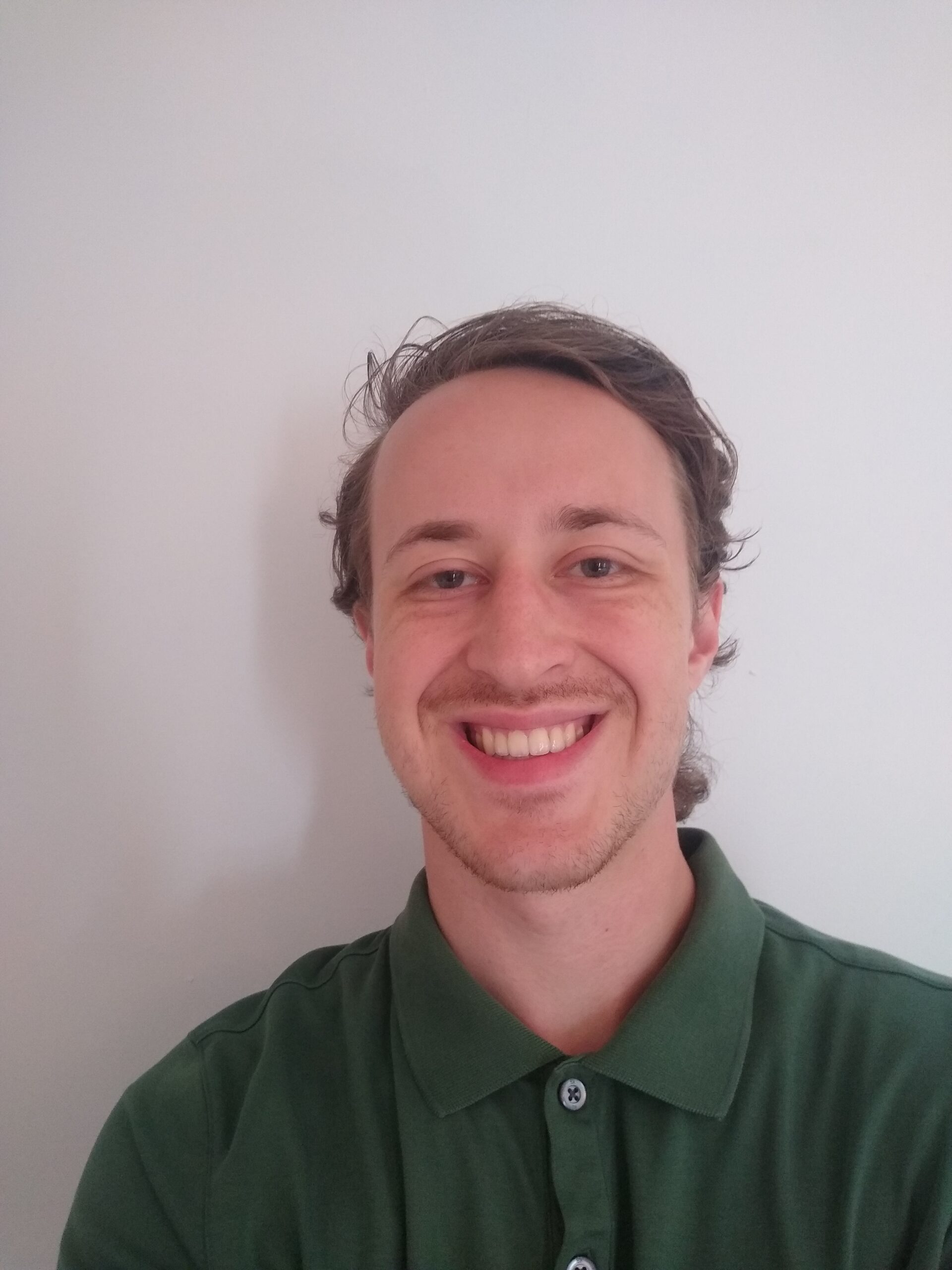 REU Student: Theodore Chapman, Goergen Institute of Data Science, University of Rochester, Rochester, NY
REU Student: Theodore Chapman, Goergen Institute of Data Science, University of Rochester, Rochester, NY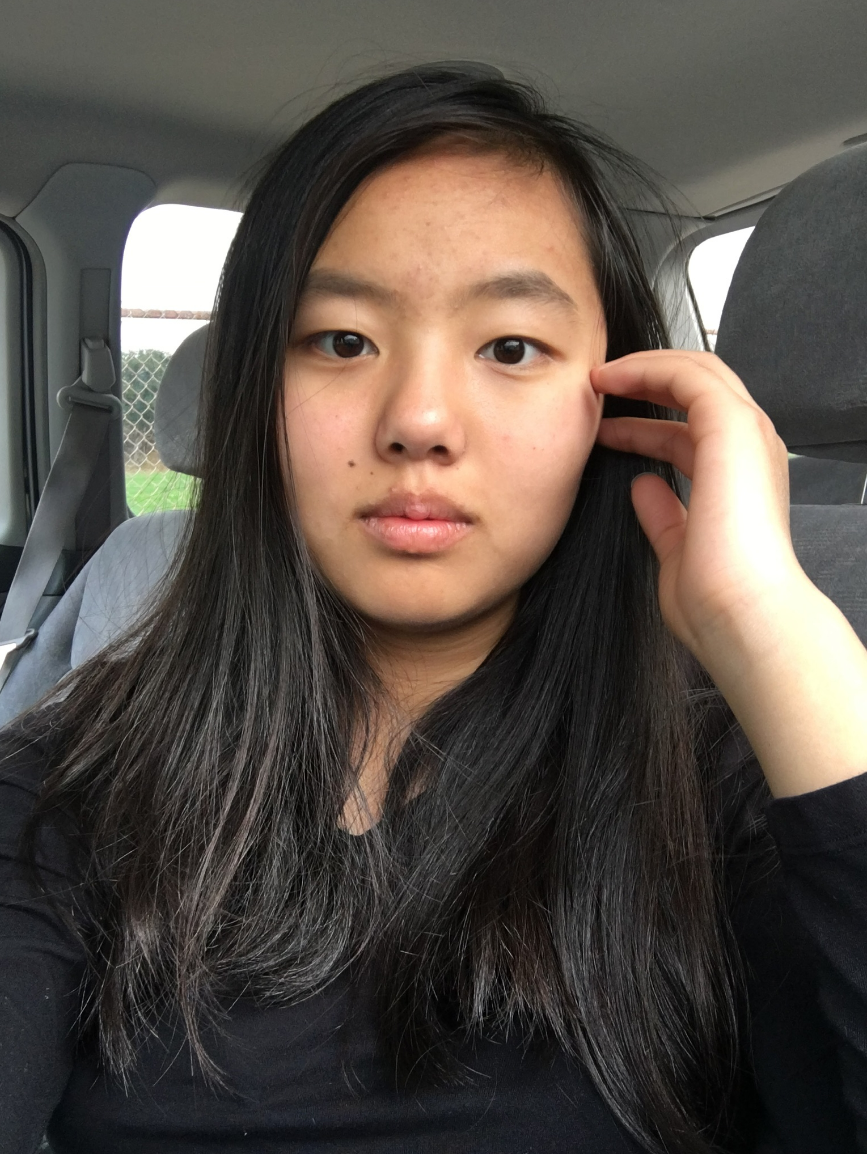 REU Student: Kathryn Chen, College of Letters and Science, University of California Santa Barbara, Santa Barbara, CA,
REU Student: Kathryn Chen, College of Letters and Science, University of California Santa Barbara, Santa Barbara, CA,  REU Student: Hannah Nguyen, Department of Biological Sciences, University of Maryland, Baltimore County, Baltimore, MD
REU Student: Hannah Nguyen, Department of Biological Sciences, University of Maryland, Baltimore County, Baltimore, MD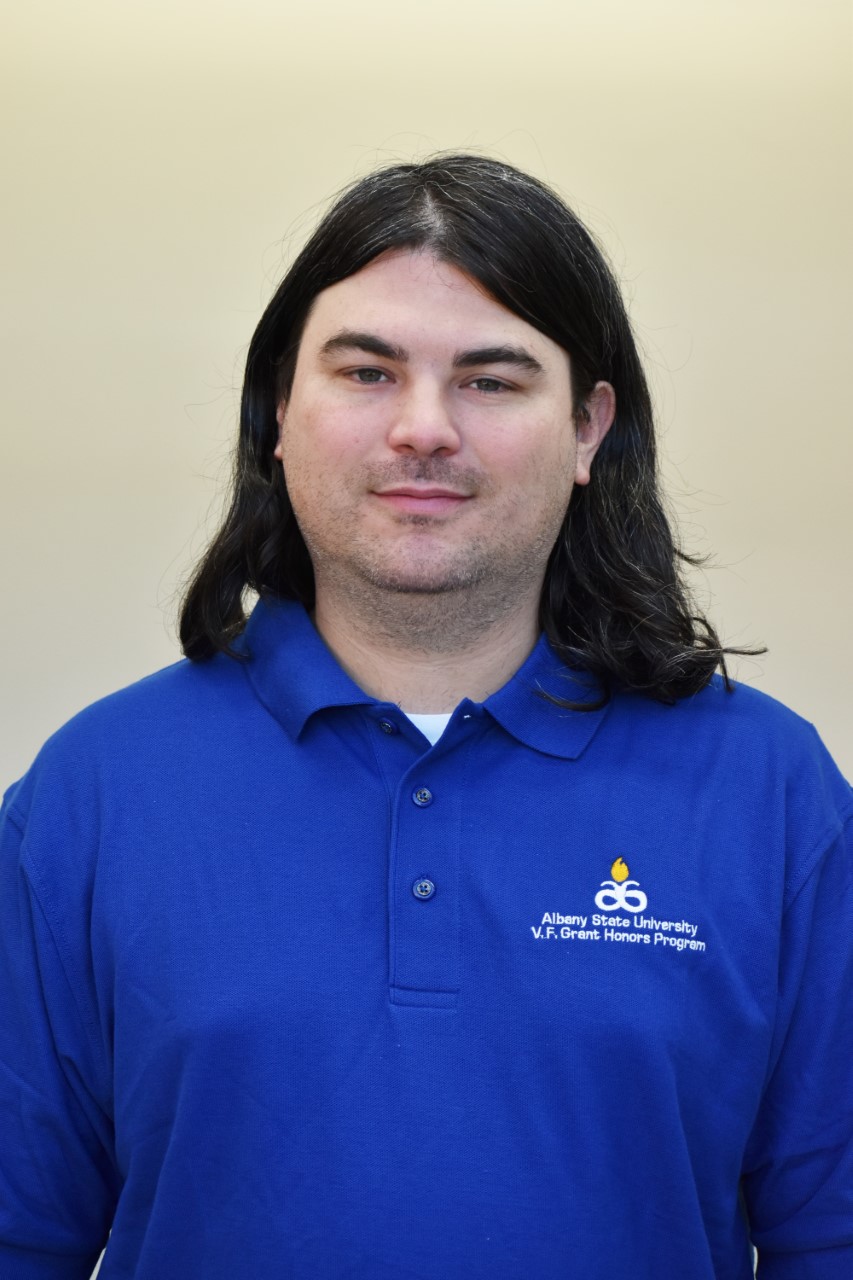 REU Student: Logan Matthew Chambers, Department of Mathematics, Computer Science, and Physics, Albany State University, Albany, GA
REU Student: Logan Matthew Chambers, Department of Mathematics, Computer Science, and Physics, Albany State University, Albany, GA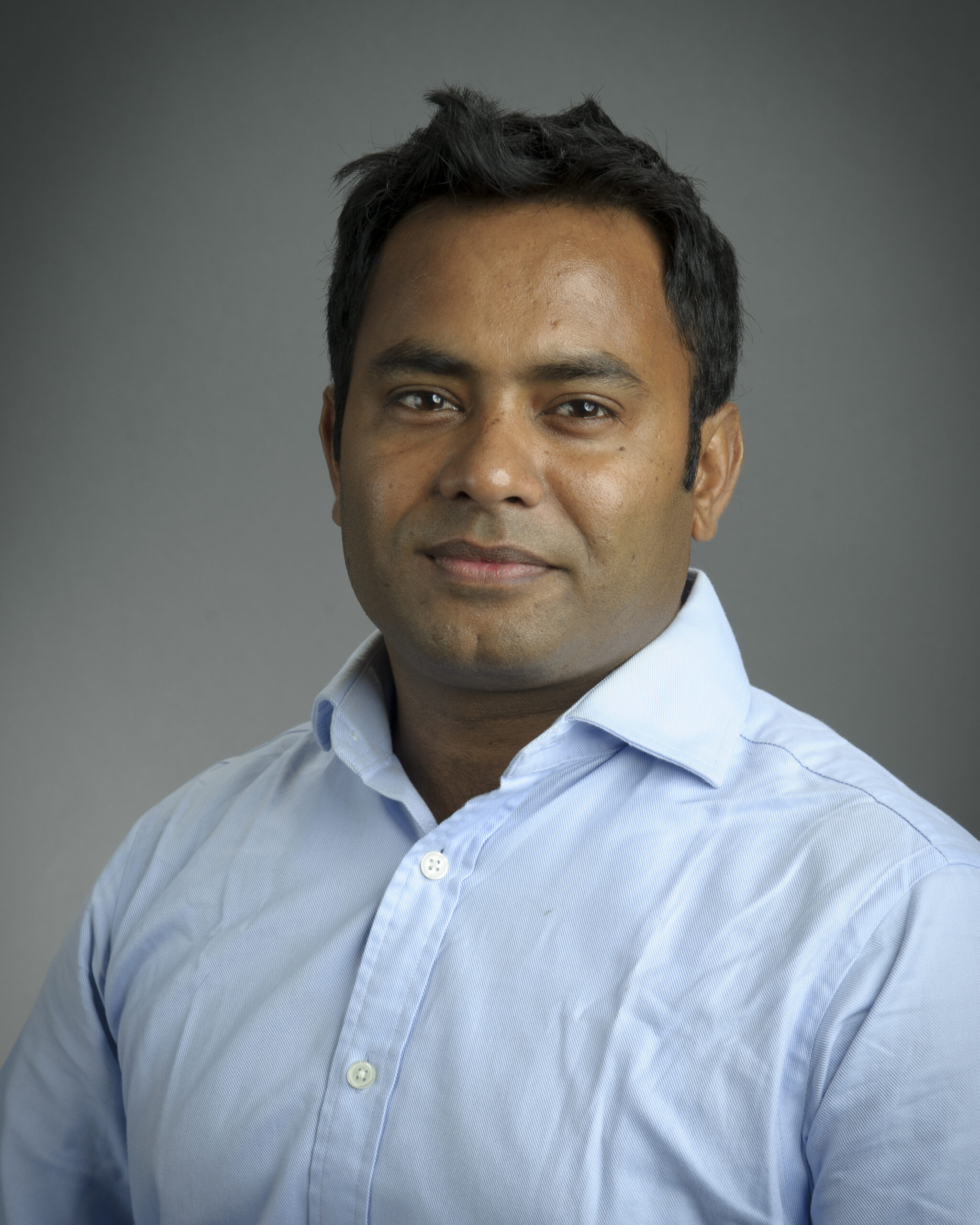 RA Student: Seraj A.M. Mostafa, PhD student, Department of Information Systems, UMBC
RA Student: Seraj A.M. Mostafa, PhD student, Department of Information Systems, UMBC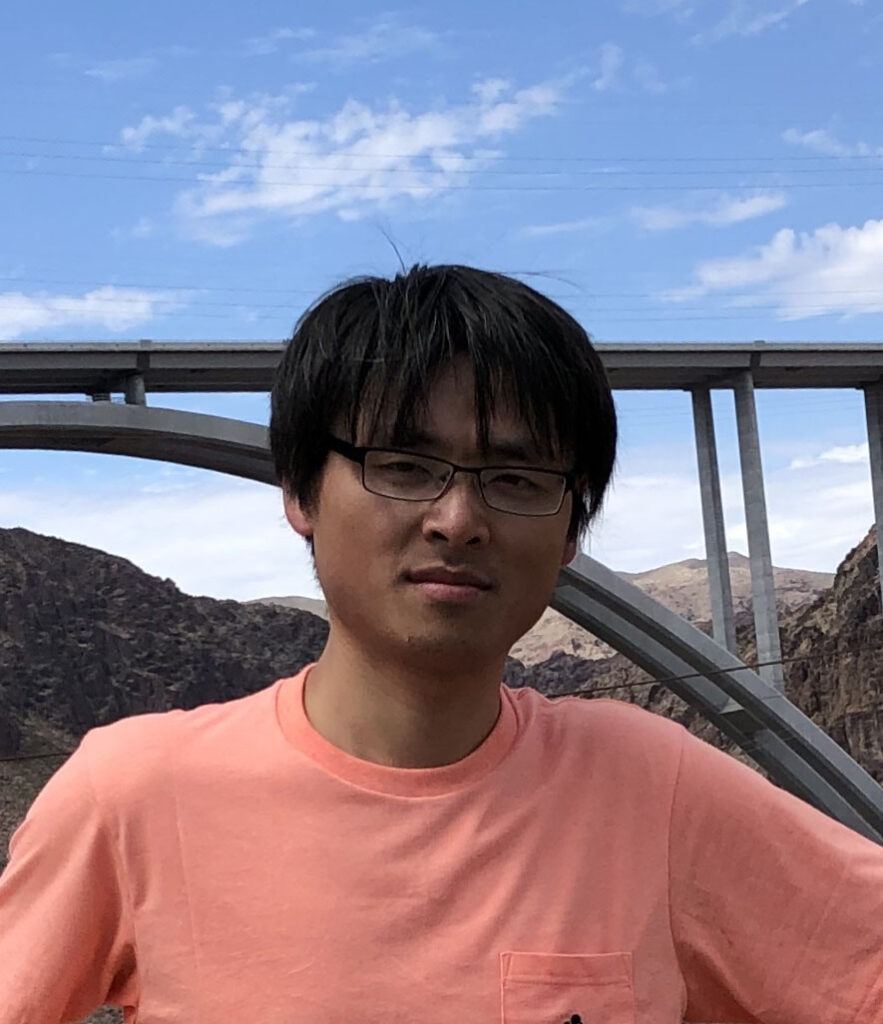 Collaborator: Dr. Chenxi Wang, Research Scientist, NASA Goddard Space Flight Center (GSFC)
Collaborator: Dr. Chenxi Wang, Research Scientist, NASA Goddard Space Flight Center (GSFC)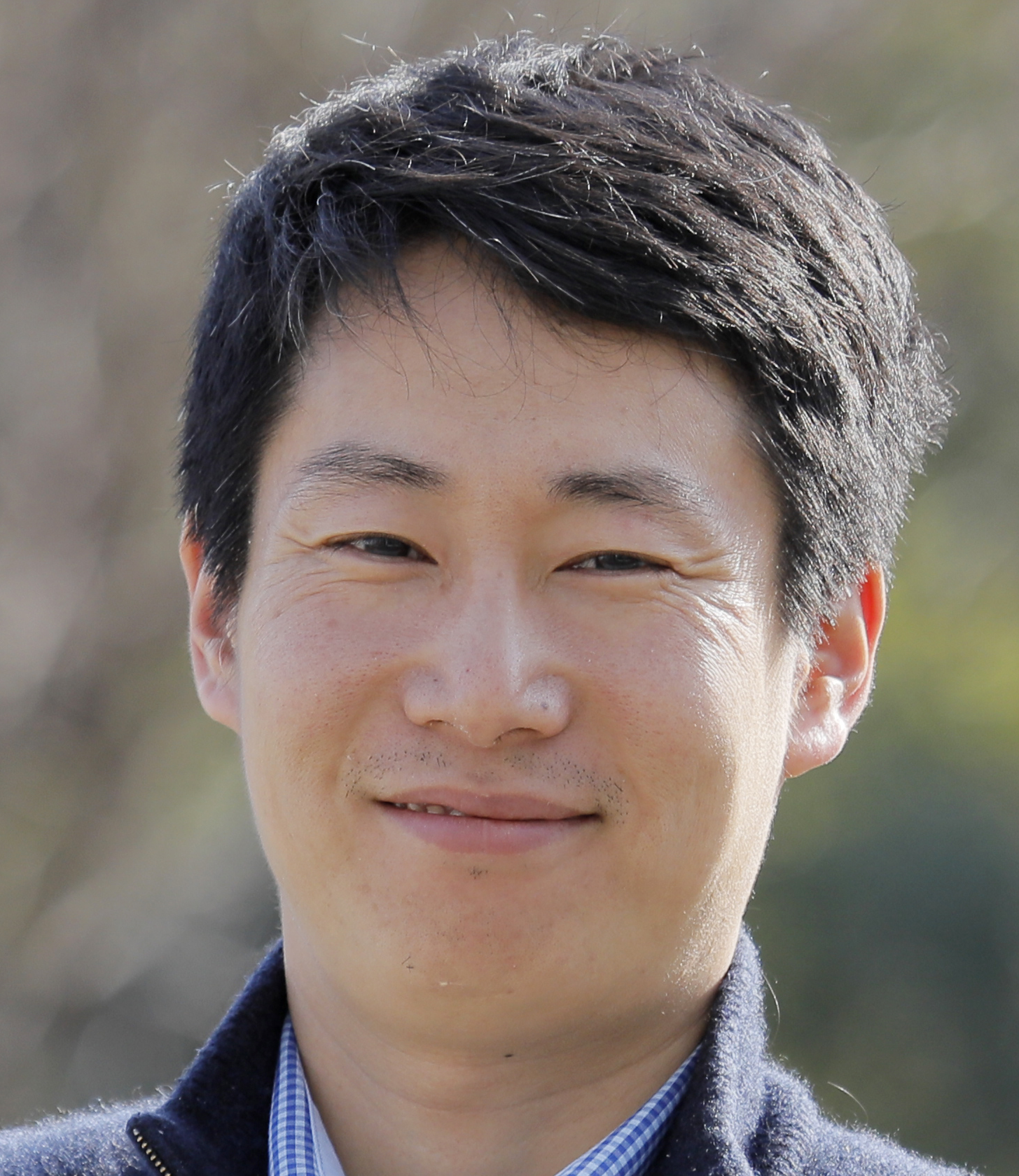 Collaborator: Dr. Jia Yue, Research Scientist, NASA Goddard Space Flight Center (GSFC)
Collaborator: Dr. Jia Yue, Research Scientist, NASA Goddard Space Flight Center (GSFC)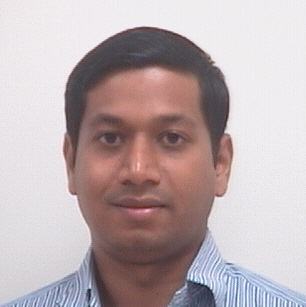 Collaborator: Dr. Sanjay Purushotham, Assistant Professor, Department of Information Systems, UMBC
Collaborator: Dr. Sanjay Purushotham, Assistant Professor, Department of Information Systems, UMBC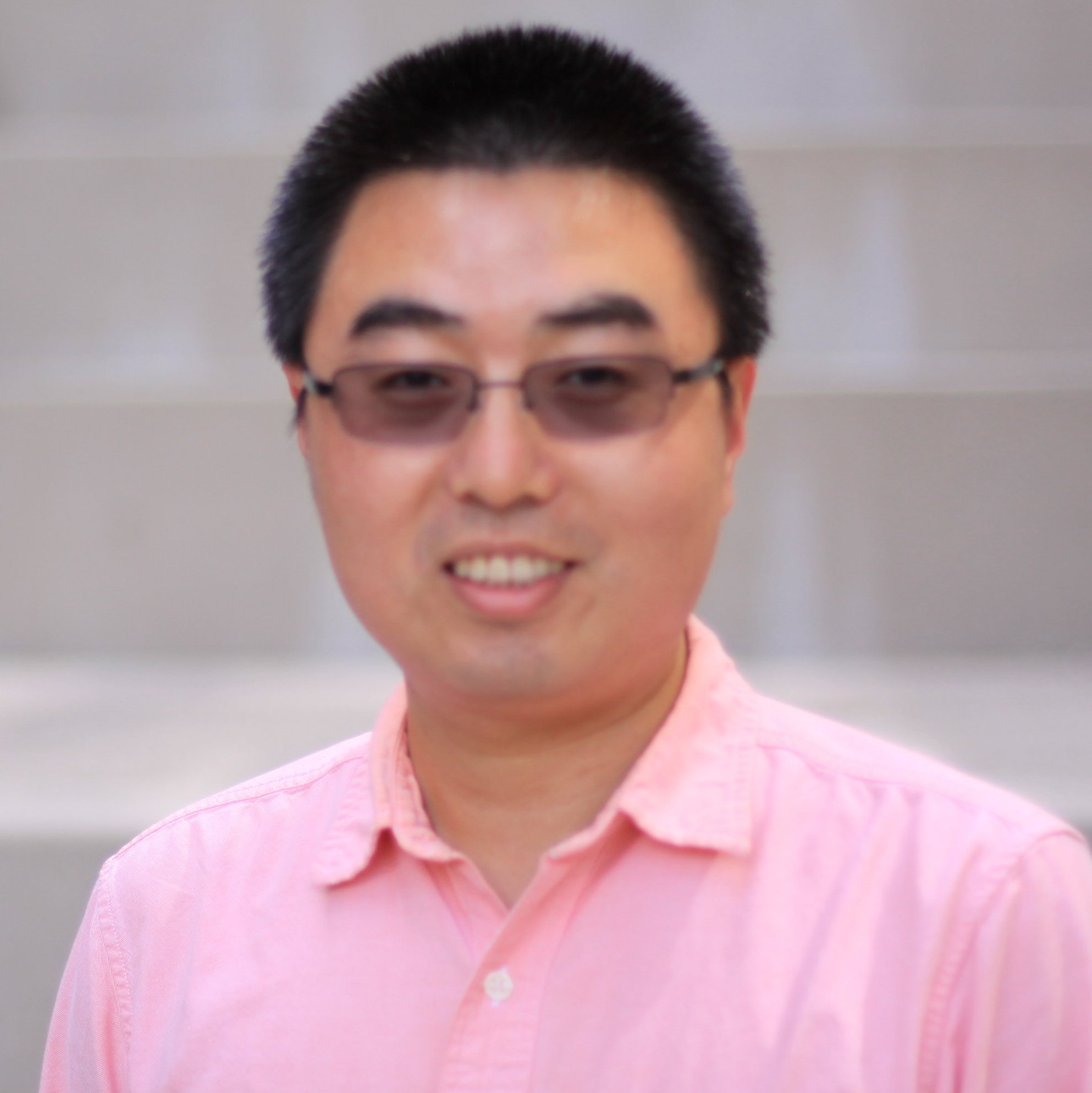 Research Mentor: Dr. Jianwu Wang, Associate Professor, Department of Information Systems, UMBC
Research Mentor: Dr. Jianwu Wang, Associate Professor, Department of Information Systems, UMBC
Abstract: Atmospheric gravity waves are produced when gravity attempts to restore disturbances through stable layers in the atmosphere. This phenomena should be considered when predicting weather due to their association with weather fronts, wind currents, and extreme weather events. Despite their importance, little research has been conducted on how to computationally detect gravity waves. In this study, we explored various methods of preprocessing and transfer learning in order to work around the small size of our labeled dataset. We pre-trained an autoencoder on unlabeled data before training it to classify labeled data. We also created a CNN by combining certain pre-trained layers from the InceptionV3 Model trained on ImageNet with custom layers and a custom learning rate scheduler.
Deliverables:
- Implementation Source Code at Github Repository
- Presentation Slides
- Technical Report
- Peer reviewed publication: Jorge López González, Theodore Chapman, Kathryn Chen, Hannah Nguyen, Logan Chambers, Jianwu Wang, Seraj A.M. Mostafa, Sanjay Purushotham, Chenxi Wang and Jia Yue. Atmospheric Gravity Wave Detection Using Transfer Learning Techniques. the 9th IEEE/ACM International Conference on Big Data Computing, Applications and Technologies (BDCAT 2022), IEEE, 2022.
Team 2 Project: Sequence Models for Classification of Compton Camera Imaging Data for Proton Beam Therapy
Team members:
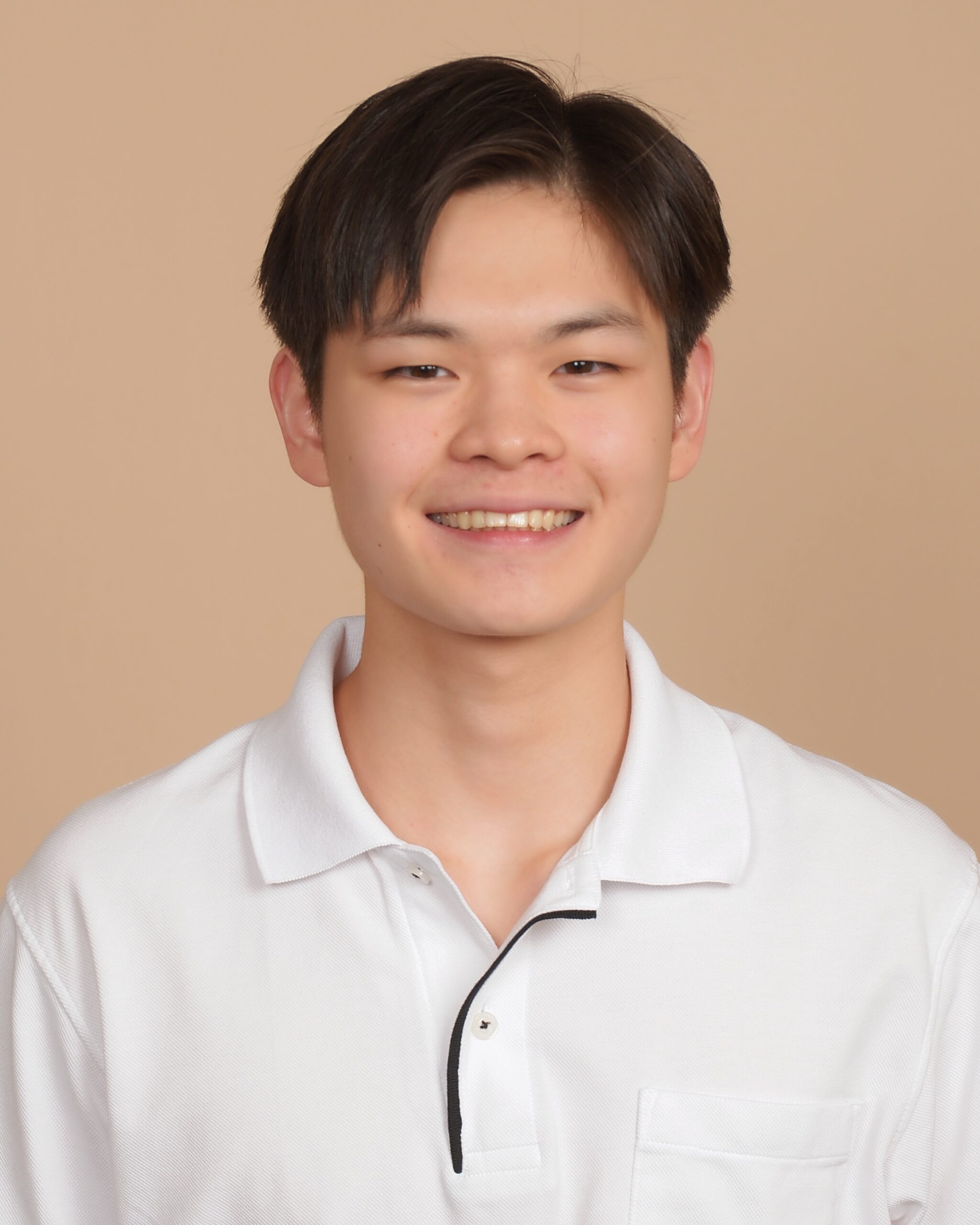 REU Student: Justin Koe, School of Engineering, the Cooper Union for the Advancement of Science and Art, New York, NY
REU Student: Justin Koe, School of Engineering, the Cooper Union for the Advancement of Science and Art, New York, NY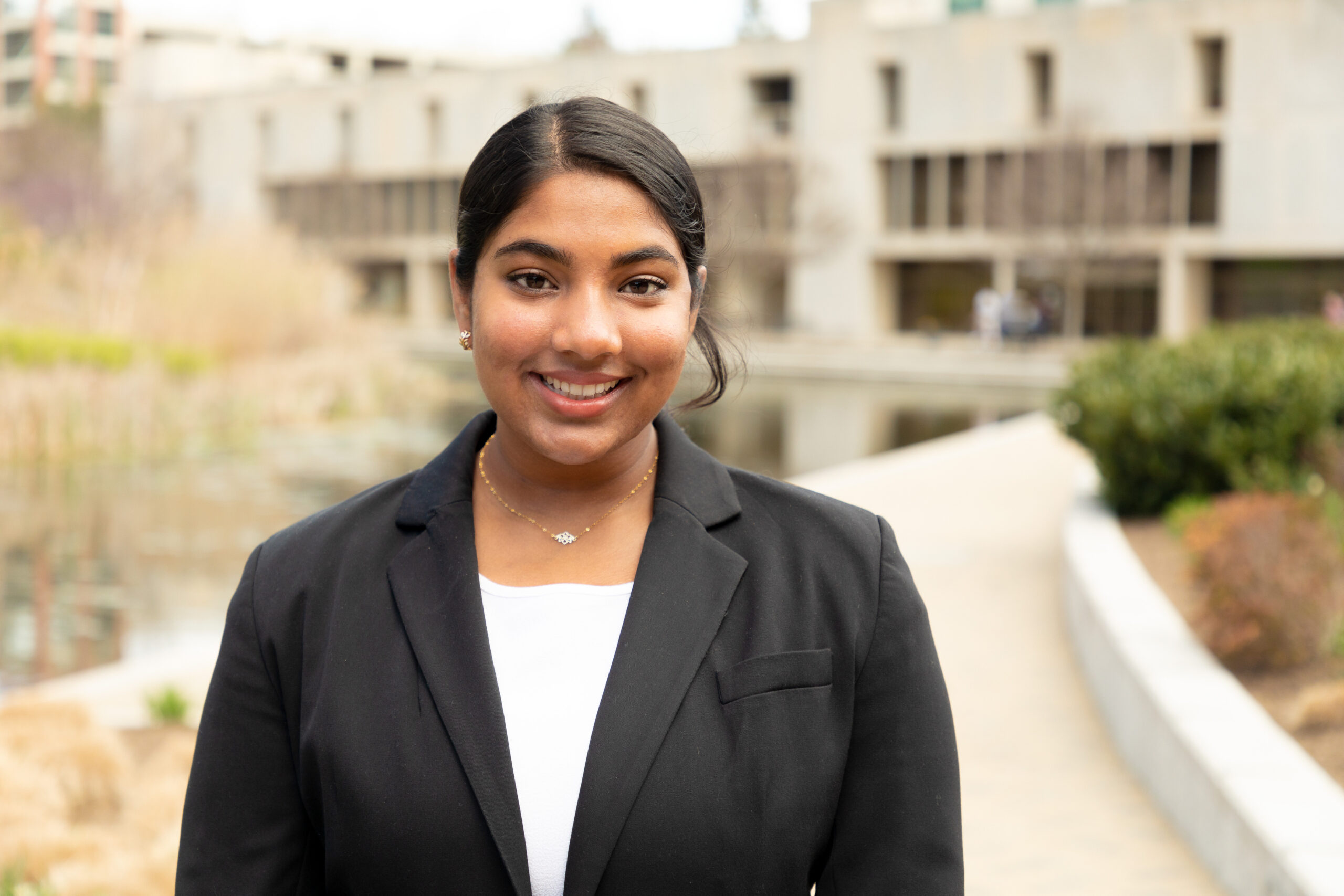 REU Student: Nithya Navarathna, Department of Biological Sciences, University of Maryland, Baltimore County, Baltimore, MD
REU Student: Nithya Navarathna, Department of Biological Sciences, University of Maryland, Baltimore County, Baltimore, MD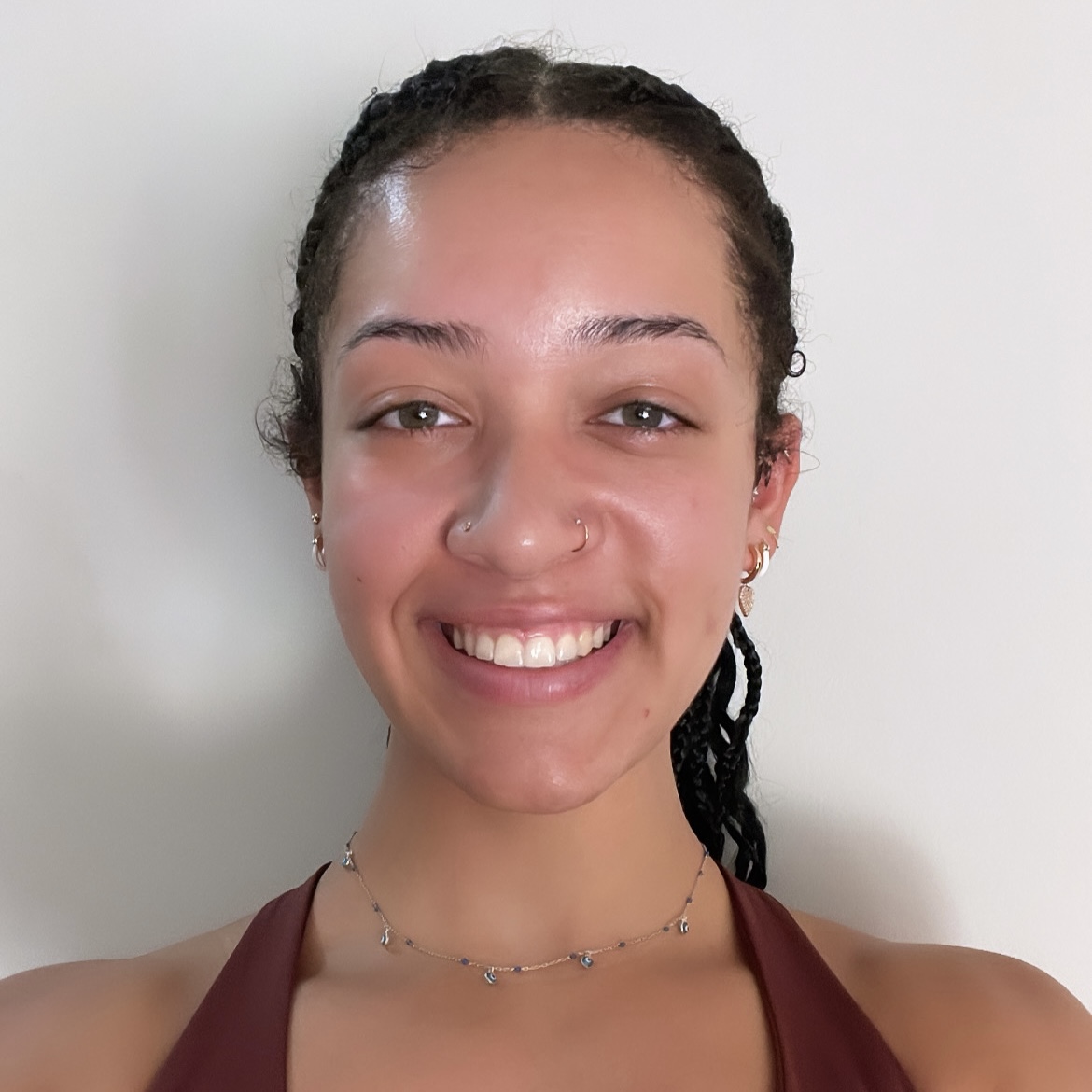 REU Student: Anaise Gaillard, College of Science, George Mason University, Springfield, VA
REU Student: Anaise Gaillard, College of Science, George Mason University, Springfield, VA REU Student: Joseph Clark, Department of Mathematics and Computing, Lander University, Greenwood, SC
REU Student: Joseph Clark, Department of Mathematics and Computing, Lander University, Greenwood, SC RA Student: Daniel John Kelly, PhD student, Department of Mathematics and Statistics, UMBC
RA Student: Daniel John Kelly, PhD student, Department of Mathematics and Statistics, UMBC Collaborator: Dr. Jerimy Polf, Associate Professor, Department of Radiation Oncology, University of Maryland School of Medicine
Collaborator: Dr. Jerimy Polf, Associate Professor, Department of Radiation Oncology, University of Maryland School of Medicine Research Mentor: Matthias K. Gobbert, Professor of Mathematics, Department of Mathematics and Statistics, UMBC
Research Mentor: Matthias K. Gobbert, Professor of Mathematics, Department of Mathematics and Statistics, UMBC
Abstract: Proton beam therapy is a unique form of radiotherapy that utilizes protons to treat cancer by irradiating cancerous tumors, while avoiding unnecessary radiation exposure to surrounding healthy tissues. Real-time imaging of the proton beam can make this form of therapy more precise and safer for the patient during delivery. The use of Compton cameras is one proposed method for the real-time imaging of prompt gamma rays that are emitted by the proton beams as they travel through a patient’s body. Unfortunately, some of the Compton camera data is flawed and the reconstruction algorithm yields noisy and insufficiently detailed images to evaluate the proton delivery for the patient. Previous work used a deep residual fully connected neural network. The use of recurrent neural networks (RNNs) has been proposed, since they use recurrence relationships to make potentially better predictions. In this work, RNN architectures using two different recurrent layers are tested, the LSTM and the GRU. Although the deep residual fully connected neural network achieves over 75% testing accuracy and our models achieve only over 73% testing accuracy, the simplicity of our RNN models containing only 6 hidden layers as opposed to 512 is a significant advantage. Importantly in a clinical setting, the time to load the model from disk is significantly faster, potentially enabling the use of Compton camera image reconstruction in real-time during patient treatment.
Deliverables:
- Implementation Source Code at Github Repository
- Presentation Slides
- Technical Report
- Peer reviewed publication: Joseph Clark, Anaise Gaillard, Justin Koe, Nithya Navarathna, Daniel Kelly, Matthias Gobbert, Carlos Barajas and Jerimy Polf. Multi-Layer Recurrent Neural Networks for the Classification of Compton Camera Based Imaging Data for Proton Beam Cancer Treatment, Accepted by the 2022 National Symposium for NSF REU Research in Data Science, Systems, and Security (REU 2022 Symposium), IEEE, 2022.
 REU Student: Logan Matthew Chambers, Department of Mathematics, Computer Science, and Physics, Albany State University, Albany, GA
REU Student: Logan Matthew Chambers, Department of Mathematics, Computer Science, and Physics, Albany State University, Albany, GA